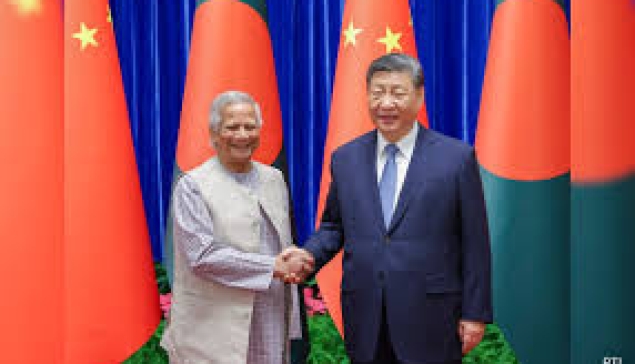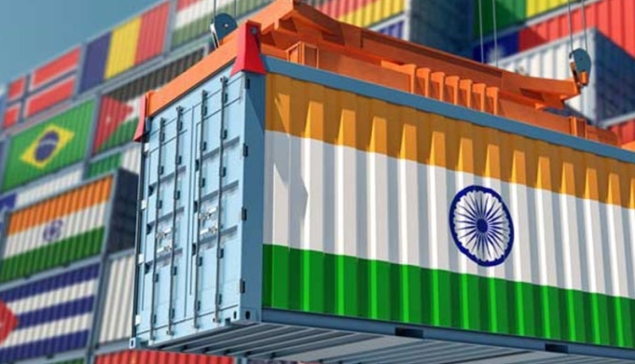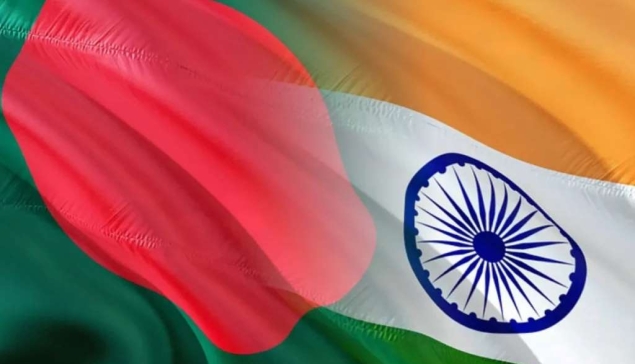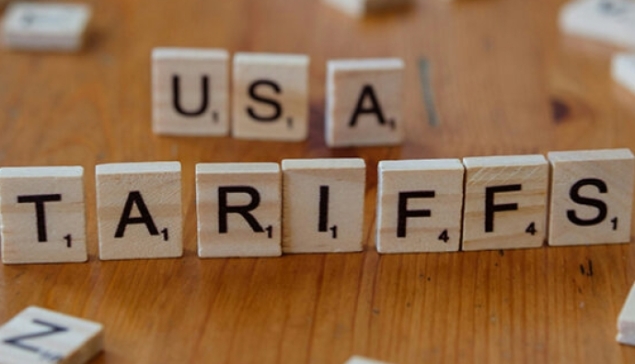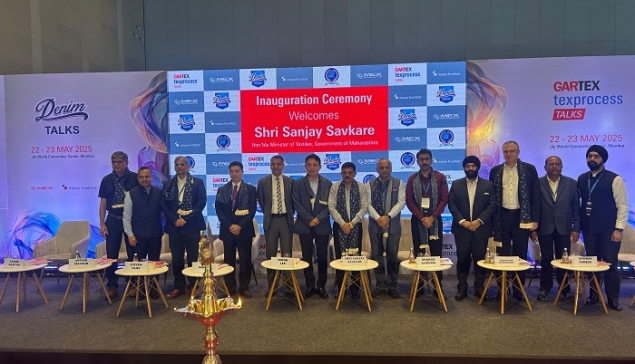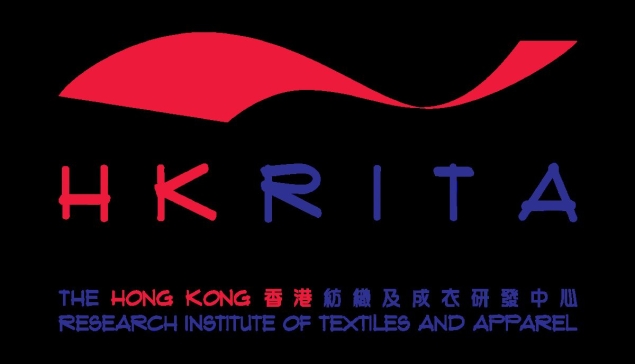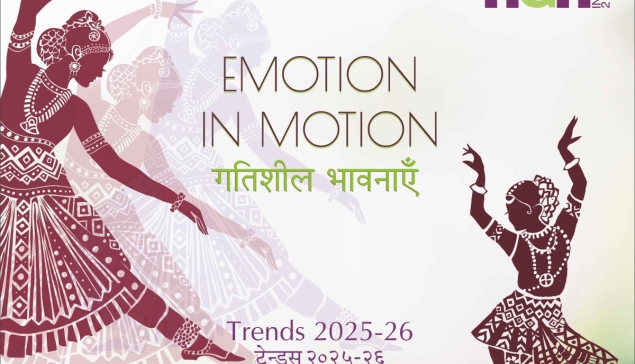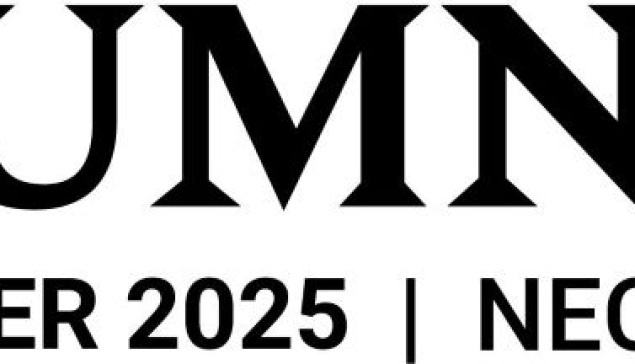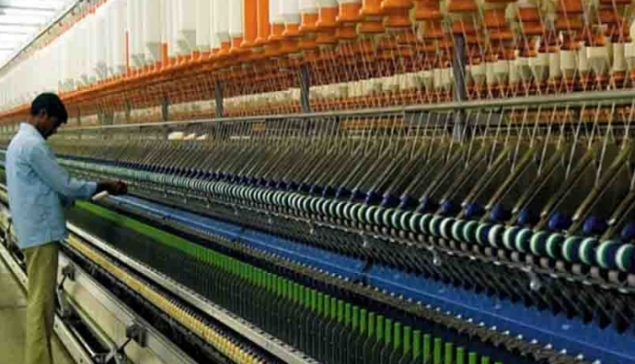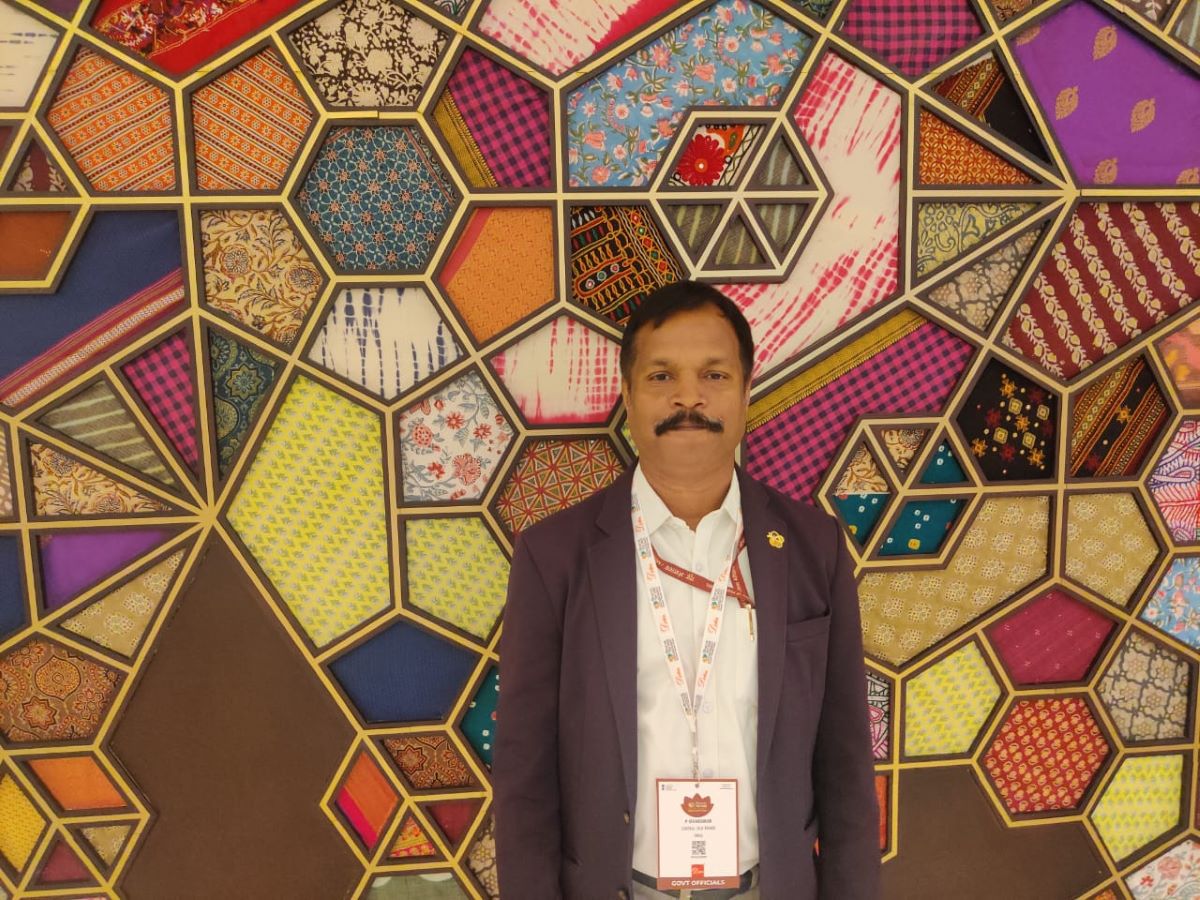Salil Chawla, DFU Publications, and Sivakumar, IFS, Member Secretary, Central Silk Board, Ministry of Textiles discuss the place of silk in the overall textile value chain at Bharat Tex 2025 in New Delhi. Interesting excerpts on the interaction.
Silk's Role in Sustainability: The conversation highlights the increasing global demand for natural fibers, positioning silk as a viable option to meet this demand. The speaker emphasizes that India is unique in producing all four types of silk: Muga, Mulberry, Erie, and Tassar.
Growth and Production: The Central Silk Board has seen significant growth in silk production, increasing from 1,200 metric tons in 1949 to 39,000 metric tons currently, with a notable global market share.
The focus is on enhancing productivity and exploring new markets, particularly in pharmaceuticals and cosmetics.
Innovative Initiatives: The Central Silk Board is implementing new schemes, such as Silk Samagara 2, aimed at diversifying activities and incorporating scientific applications into sericulture. This includes promoting entrepreneurship in the silk sector.
Market Opportunities: There is a growing interest in the byproducts of silk production, which can provide additional income for farmers. The discussion mentions the potential for silk pupae in the food industry, particularly as a protein supplement.
Challenges and Perspectives: The conversation also touches on the challenges faced by the silk industry, including competition with countries like China, which dominates the international silk market. The need for financial support and incentives for farmers and entrepreneurs is emphasized.

